The InSight lander
A platform hosting all that is needed to operate on Mars
The InSight lander comprises a bus (or “platform”) 1.5 m across and mounted on three legs each fitted with a suspension system designed to absorb shocks. The role of this structure, which is made of composite materials, is to host the various subsystems controlling critical aspects. These include the power supply, radio communications, propulsion and thermal control, all of which are coordinated by an onboard computer.
To obtain the power crucial to its operation, InSight depends on a solar array connected to rechargeable batteries. The cruise stage is fitted with two rectangular solar arrays together providing a surface area of 3.2 m² and providing 957 watts when near the Terre, and 477 watts when in the vicinity of Mars.
The InSight lander itself has its own ultra-flexible circular solar arrays covering 4.2 m². They are deployed approximately 20 minutes after landing, the time needed for the dust raised by the retrorockets to settle again. With a diameter of 2.15 meters, they are slightly larger than those of the Phoenix probe. This additional power supply will be most welcome, allowing InSight to be untroubled by dark periods with little solar illumination, whether due to dust storms or the rigours of the Martian winter.
On Mars, dust is the solar arrays’ number one enemy. Dust storms on the Red Planet make the atmosphere cloudy and consequently lower the arrays’ performance. Slowly but surely, Martian dust also settles on the arrays themselves, blown off occasionally by swirling or gusting wind—a natural but random solution.
The lander’s solar arrays can recharge the two 25 amp hour lithium batteries designed to power the spacecraft during darkness.
The SEIS seismometer will consume around 5 watt (8,5 watt in peak), depending on the measurement mode activated. In winter, when the period of solar illumination is shorter and the solar arrays therefore provide less electrical power, SEIS will record fewer data. On the other hand, at other times it will be switched to campaign mode to maximize the number and quality of seismic measurements, a mode requiring more power.
Although propelled towards Mars by the vast quantities of energy released by the powerful Atlas V launcher, the InSight probe also has several of its own thrusters fulfilling different functions.
Four small thrusters, each generating a thrust of roughly 4.5 N, are used by the attitude control system to adjust or alter the probe’s orientation in space. Four other slightly more powerful thrusters (roughly 22 N each) are used for trajectory correction manoeuvres during the journey to Mars. Finally, 12 pulsed retrorockets, each capable of developing a thrust of approximately 300 N, are ignited during the final landing phase for deceleration and orientation control.
All of InSight’s thrusters run on hydrazine. This simple but toxic chemical compound, consisting of two nitrogen and four hydrogen atoms, passes through a catalytic bed where it decomposes violently into gases (ammonia, hydrogen and nitrogen) that are ejected through the nozzles, generating thrust. This technique is described as cold gas propulsion since there is no actual combustion per se, in contrast to rocket engines that either run on liquid mixtures of hydrogen/oxygen or kerosene/oxygen, or that burn solid propellants.
InSight will carry hydrazine, stored in spherical tanks pressurized by helium.
The telecommunications subsystem is absolutely essential to the success of the InSight mission, whether during the cruise phase between Earth and Mars, the descent to the Martian surface, or of course the two years the lander will spend listening to Martian tremors.
The cruise stage, responsible for getting the lander to its destination, has two low-gain antennas (LGA) for receiving and transmitting signals, plus two medium-gain horn antennas (MGA). Communications with the 34-metre antennas of NASA’s Deep Space Network (DSN) take place in X-band. The low-gain antennas are used for the first 35 days of the voyage to Mars before switching over to the more powerful medium-gain antennas for the rest of the interplanetary journey. Mission controllers can use these various antennas to send instructions to the probe and receive telemetry data. The radio signals will also be used to pinpoint InSight’s exact position in space by determining its speed and distance from Earth.
Once the lander separates from the cruise stage, radio communications will be mainly via UHF using the helical antenna attached to InSight's deck. Data will thus be relayed back to the spacecraft orbiting Mars. During the landing, InSight will use UHF to transmit crucial information back to the American Mars Reconnaissance Orbiter (MRO), which has been orbiting Mars since 2006, as well as to its two "guardian angels," MarsCO-A and MarsCO-B, the suitcase-sized nanosatellites that will be accompanying the probe on its journey.
During the scientific observation phase, the Mars Reconnaissance Orbiter will act as InSight's main communications radio relay. It will fly over the Elysium Planitia twice a day, at 3 in the morning and 3 in the afternoon. Should there be a problem, InSight has been designed to be able to exchange data with two other American orbiters, Mars Odyssey and MAVEN, which are thus backup relay stations. Finally, the lander module has two medium-gain antennas (MGA) that can transmit data directly to Earth. Put to good use for the RISE experiment, these horn antennas can also communicate with InSight (albeit at lower data rates) if the UHF transmissions should fail.
Space is an extreme environment, characterized especially by enormous variations in temperature, whether in interplanetary space or on the surface of celestial bodies that do not enjoy the benign conditions of our own planet: this may be because they are too close or too far from the Sun; they may have no air (as on the Moon) or, on the other hand, have a very dense atmosphere laden with greenhouse gases (as on Venus); or again they may lack climate-regulating systems such as oceans.
Space is an environment of superlatives, with temperatures that can fall to several hundred degrees Celsius below zero but which can also rise to 100°C or 200°C if directly exposed to the Sun’s blinding rays when unfiltered or scattered by an atmosphere. Even though the components of space probes are by nature designed to cope with massive temperature ranges, they still need to be protected from both cold and heat. This is the role of the thermal control system.
InSight is therefore fitted with passive and active thermal control systems. Passive systems include heat shields, layers or coatings of insulating materials, special paints and heat pipes; while active systems include radiators and thermostats. Designed for the equatorial Martian environment, these systems will maintain the interior of the probe at relatively benign temperatures, varying between -15°C and +40°C. Delicate electronic systems such as those controlling the SEIS seismometer are kept in an insulated enclosure known as the Warm Electronic Box (WEB).
InSight is controlled by two redundant computers, each using the RAD 750 processor. This chip, clocked at 115,5 MHz (compared with 20 megahertz speed of the RAD6000 processor used on Phoenix), is based on the IBM and Motorola PowerPC 750 processor available to the public in the 2000s. These days, when even the simplest telephone boasts considerable computing power, the technical features of InSight's computer might raise a few eyebrows. However, it has been designed to operate in space, an environment that would rapidly destroy our smartphones, tablets or computers.
The RAD 750 processor and its motherboard have been hardened to withstand the hostile conditions of space, in particular radiation and extreme variations in temperature. Electrical power consumption is very low. For data storage, InSight has 16 Gb of flash memory. The operating system is VxWorks, with programs written in C and C++.
Only one of the on-board computers is active at any given time, the second remaining dormant. If a fault appears on the active unit, InSight can automatically switch to the backup unit and continue where it left off.
The RAD 750 system has already flown several times, including for Mars missions, so has been both tried and tested. It has been used in the Mars Reconnaissance Orbiter, the Curiosity rover and the MAVEN orbiter.
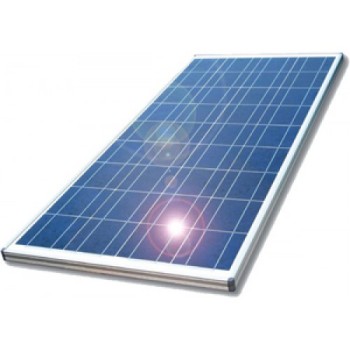 Solar array (© rights reserved).
Solar array (© rights reserved).
On Mars, InSight will depend on solar power
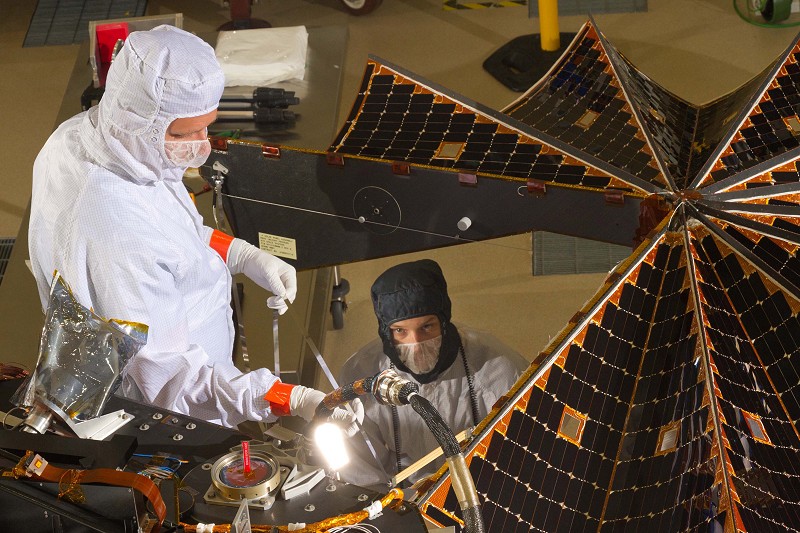 Testing the unfurling of one of InSight’s solar arrays (© NASA/JPL-Caltech/Lockheed Martin).
Testing the unfurling of one of InSight’s solar arrays (© NASA/JPL-Caltech/Lockheed Martin).
Last updated : 17 December 2018
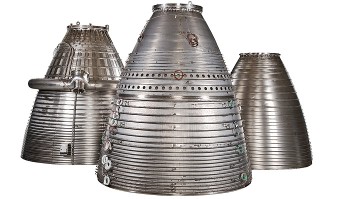 Thruster nozzles (© rights reserved).
Thruster nozzles (© rights reserved).
Propulsion system
Last updated : 28 October 2016
 The NASA satellite américain Mars Reconnaissance Orbiter (© NASA)
The NASA satellite américain Mars Reconnaissance Orbiter (© NASA)
A complete set of antennas for communicating with Earth
Last updated : 28 October 2016
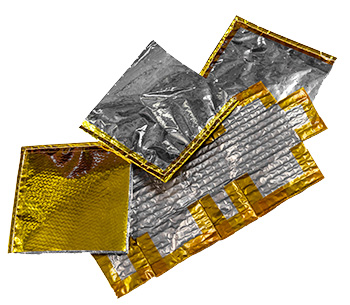 Multi-layer insulation material (© IPGP/Philippe Labrot).
Multi-layer insulation material (© IPGP/Philippe Labrot).
How to avoid under- or over-heating on Mars
Last updated : 28 October 2016
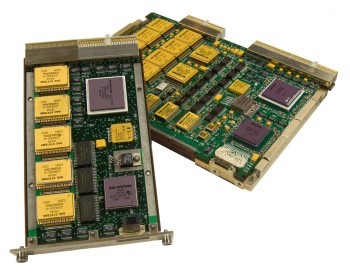 RAD 750 processor (© rights reserved).
RAD 750 processor (© rights reserved).
RAD 750 processor and VxWorks operating system
Last updated : 29 january 2018





